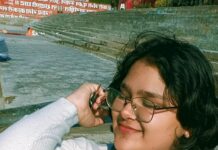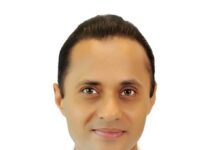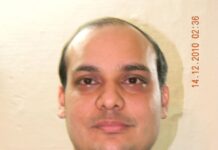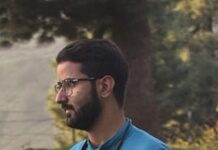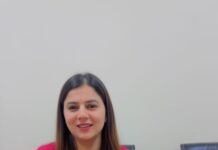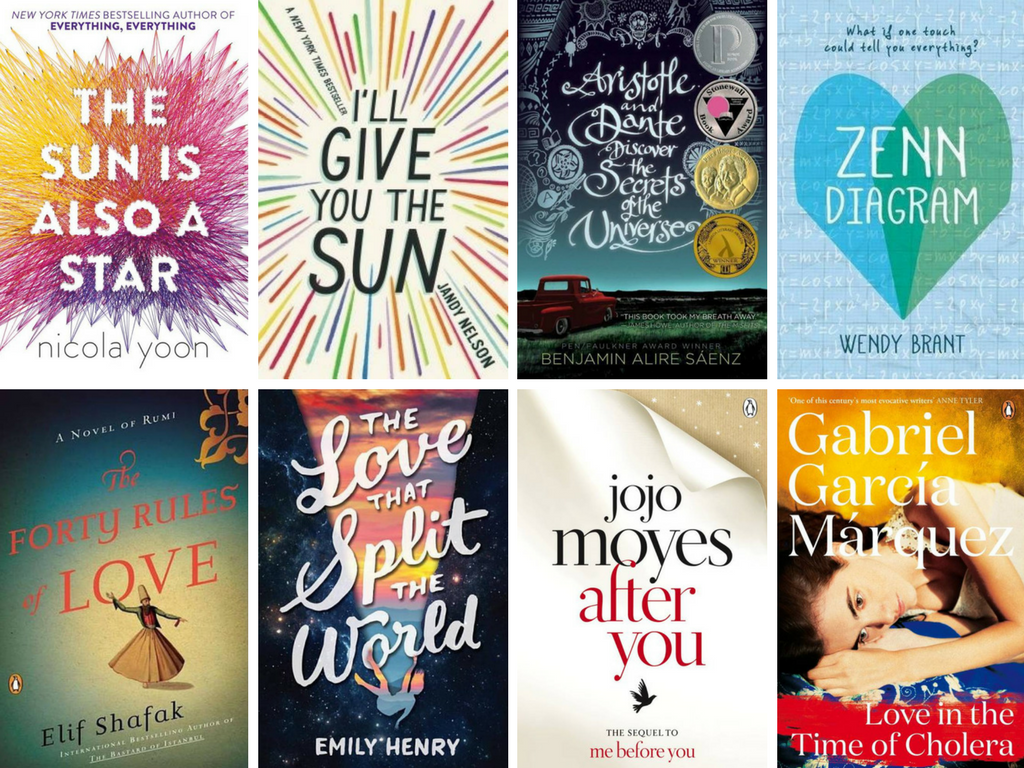
Q1. From your day job as a healthcare professional, when did you discover your passion for writing?
Answer:
From 2008, I used to write my own music and lyrics for them. I never performed them. I wanted to be a music composer and a vocalist. I didn’t have the courage or the need to pursue it further. As I come from the mid income family, the need to survive rang strong. By 2010, I got myself employed.
The initial spark of passion actually arrived in 2016. It was an isolated moment. I wrote a poem for my then ex-girlfriend and posted it on my WordPress site. But after that, I simply left it; I didn’t have the courage or the need to pursue it further. The true, compulsive passion for writing was only truly unlocked much later, in 2023. Post pandemic, I was struggling with my mental health and on the advice of our hospital psychologist, I was strongly encouraged to start writing again to process my trauma and depression. I believe the passion was always there, simmering beneath the surface, but it took the urgent need for survival in 2023 to strip away the shyness and compel me to write, and I haven’t been able to stop since.
“Your story shows how art can be born from both struggle and healing.”
Q2. How did you realise that the stories from the hospital can be converted into poetry?
Answer:
I was completely unaware of it until after my first book was published in 2024. A cousin’s husband, after reading it, suggested, “Why don’t you write about your experience working in the hospital?”
It was a lightbulb moment. When I looked back at the poetry I had been writing, I realized I had already unknowingly compiled enough material for almost two full-length poetry books focused on my work. The stories, the emotions, and the moments from the hospital simply stayed with me and demanded to be written. It was an organic realization that some stories were so profound, they simply had to be preserved and shared.
“That realization must have been powerful to discover that your everyday reality had already shaped itself into poetry, waiting to be recognized.”
Q3. What does the title, Between Beeps and Beliefs, personally mean to you?
Answer:
The title is a reflection of the two worlds I navigate every day. The Beeps represent the cold, objective, technological side of medicine the sound of the monitoring equipment connected to the patient’s body, reflecting their vital signs. The Beliefs is the spiritual, emotional, and human plane the deeply held feelings of faith, hope, morality, and the fundamental truth of our existence. The space Between them is where I operate. It is my way of processing the immense weight that comes from caring for patients and their attendees. It is about bridging the gap between the medical team and the family. Ultimately, it’s my personal release; it’s the truth about life and the indelible lessons about our shared human experience that I’ve learned inside the hospital walls.
“It feels like the title itself carries the heartbeat of your book.”
Q4. Since your work requires you to absorb emotions, how do you manage not to let that affect your creativity? Do you have a writing ritual or practice you follow?
Answer:
As an artistically inclined person, it’s genuinely difficult to not let the intensity of my emotions, or the emotions of those around me, affect me. In fact, I don’t try to stop them, I try to channel them.
My practice is simple and compulsive: when an emotion or a powerful moment strikes, I have to write it down immediately. It can be on paper, a note on my phone, or typing on a screen. I have to jot the raw essence down then and there. Later, when I have the time, I can ruminate on it, refine it, and shape it into a worthy piece. My ritual is simply write; it is an absolute necessity, a vital act of processing and survival.
“That spontaneity capturing emotion in its purest form seems to give your writing its pulse. It’s raw, real, and deeply human.”
Q5. People generally associate hospitals with loss and fear. With this book, do you aim to change their perception or give an insight into what goes on behind the scenes?
Answer:
I don’t necessarily aim to change people’s perceptions, but I do hope to offer an insight that might lead to a shift in understanding. Hospitals can be places of fear and loss, but they are primarily places dedicated to healing and life. I want to educate readers and offer them nuggets of information on how the inner workings of a hospital function. I am merely a lens, here to present the moments that have personally affected me, the ones that have taught me profound truths about life and what is truly permanent in our existence.
“That’s such an important distinction hospitals as places of life, not just loss. Your perspective reframes how we think about care and healing.”
Q6. For a greater population, science and beliefs/medicine and faith do not go together. Do you have an opinion on this?
Answer:
I find the common division between science/medicine and beliefs/faith to be an unfortunate simplification. My opinion is that they are two sides of the same coin when it comes to human wellness. Medicine deals with the tangible, the physiological, and the observable. It provides the “how” of healing. Faith and belief, however, deal with the intangible the spirit, the hope, the will to live, and the ultimate meaning behind suffering. This provides the “why.” In my experience in healthcare, I’ve seen time and again that a patient’s belief system, whether it’s a religious faith or just an unwavering belief in their own recovery, can be a powerful, measurable force in their healing process. The two don’t have to be mutually exclusive; in the best scenarios, they work in tandem to support the whole person. The beeps monitor the body, but the beliefs nourish the soul.
“That last line “The beeps monitor the body, but the beliefs nourish the soul” feels like the heartbeat of your entire philosophy.”
Q7. What do you want your readers to take away from this book?
Answer:
I want readers to take away a sense of profound empathy, compassion and a deeper understanding of our shared humanity which is rare nowadays. I hope they can see the hospital not just as a cold building, but as a crucible of life where the most fundamental lessons about courage, compassion, loss, and resilience are taught daily. If they finish the book with a greater appreciation for the fragility and strength of life, and for the tireless work of those within the healthcare system, then I’ve done my job.
“That sense of empathy truly echoes through your words. It’s clear that your writing is not just art it’s a service, much like your work in healthcare.”
Q8. Do you have any advice for aspiring writers who struggle to pen down their emotions?
Answer:
I am still trying to write to an audience which I need to find. I am no one to advice them. If I have to, then my advice is simple but difficult to execute: stop trying to make it perfect, and just get it out. Don’t worry about grammar, structure, or even if it makes sense to anyone else just let the feeling flow from your heart, through your pen, onto the page. The struggle is often rooted in the fear of judgment or the desire to produce something polished immediately. For those who struggle to pen down emotions, you must treat your writing like a first aid kit. When an emotion hits, it’s a wound that needs immediate tending. You can always go back later to polish the words, but you can never recapture the raw purity of the initial emotion if you let it fade away. Compulsion over correctness.
“Compulsion over correctness” that’s advice every writer should frame. It’s honest, liberating, and beautifully put.
Q9. With your first step into the journey of authorship, how would you describe your publishing experience?
Answer:
It was simultaneously terrifying and incredibly validating. Ultimately, I would describe it as a transformative and humbling experience that has solidified my identity as a writer. My publishing experience was one of necessary vulnerability and rapid education. Since my writing was so compulsive, I went from write to survive to a published author in a relatively short time, so the learning curve was steep, I am still learning. It required me to step out from behind the anonymity of my day job and share deeply personal thoughts.
“That courage to step out from the safety of anonymity is something every creative can relate to.”
Q10. After this book, do you have plans to extend on this genre of writing, or will you explore further? Either way, do you have your next project lined up for our readers, or will they have to wait?
Answer:
I am already working on the next poetry collection, which will not continue to explore the nuances of life within the healthcare setting. I will definitely extend on this genre. The well of stories from the hospital is still incredibly deep, and I feel a profound responsibility to continue telling them. I have some written. Probably two chapbooks, one full poetry book is still on refining process. Another short story collection is also on refining. Illustrations for them. I do it for myself. That’s it.
“That’s wonderful to hear it sounds like your creative journey is only just beginning, and readers have much to look forward to.”
In Between Beeps and Beliefs, Shafqat M. H. invites us into a world where compassion meets courage, and where healing is as much about faith as it is about medicine. His reflections remind us that behind every monitor and mask, there’s a heartbeat not just of patients, but of those who care for them.
Through his words, we are reminded that the most profound stories often emerge from the quietest corners, the spaces between beeps and beliefs. Find the link to access his book below:


